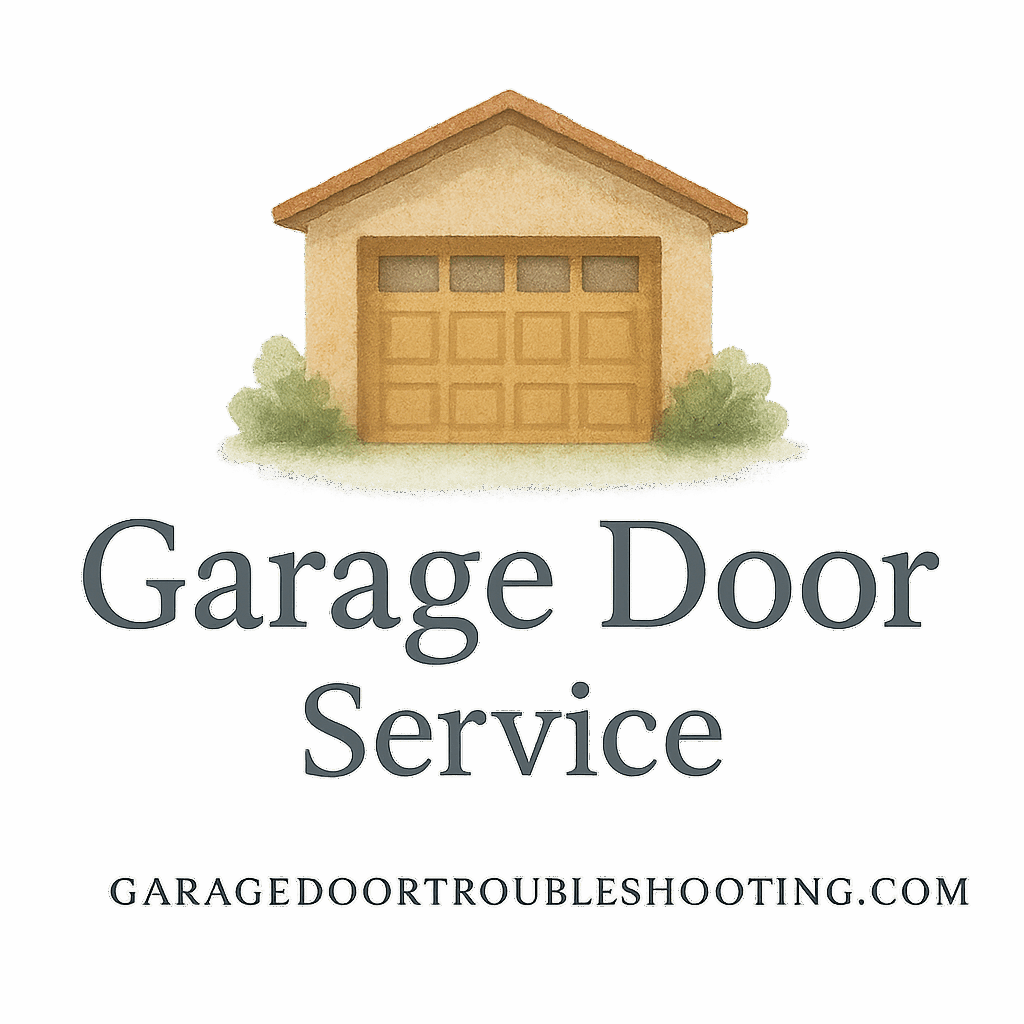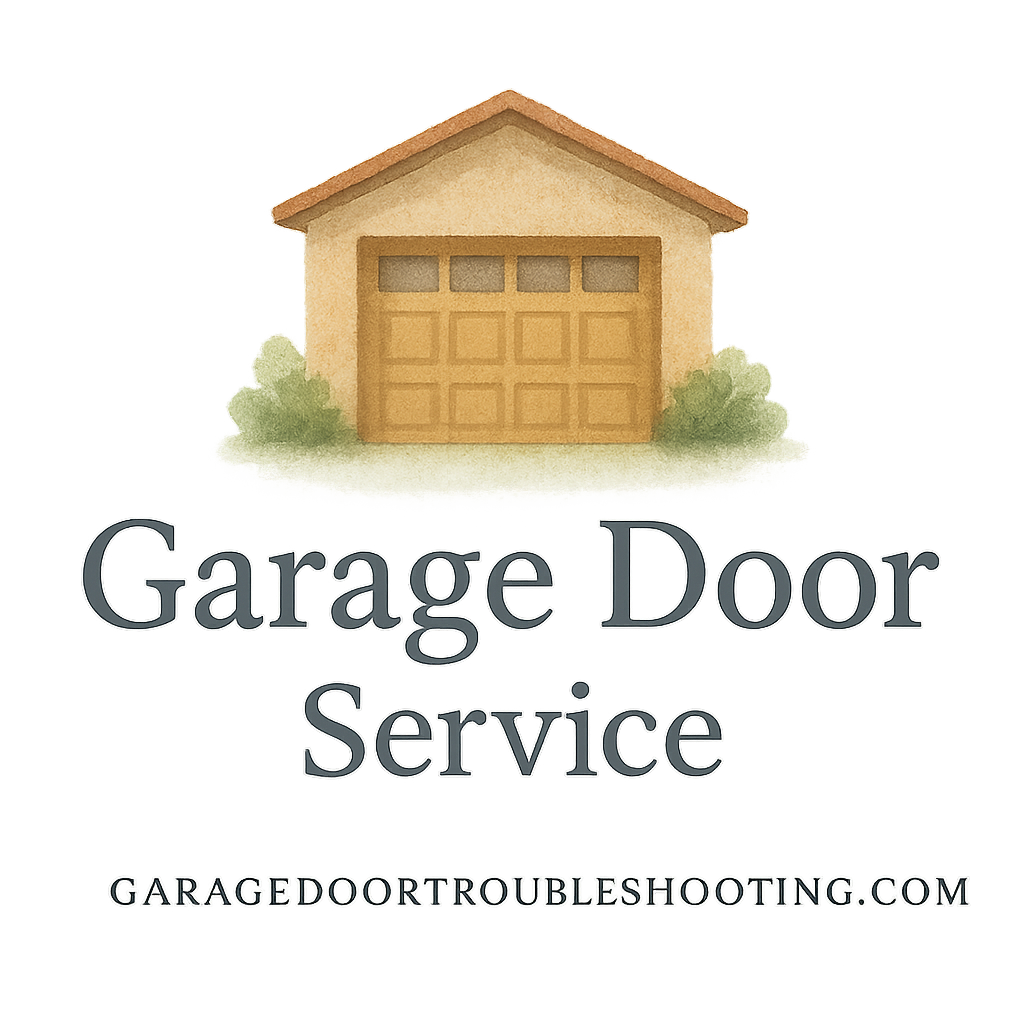Why Seasonal Garage Door Maintenance Matters
Think about how your car needs seasonal servicing—oil changes, tire checks, battery inspections. Your garage door isn’t that different. It’s one of the largest moving systems in your home, and just like your vehicle, it suffers from wear and tear. Seasonal maintenance keeps it running smoothly, prevents costly garage door repairs, and extends its lifespan. Plus, it gives you peace of mind knowing your door won’t fail during a snowstorm or on a scorching summer day.
Seasonal care also helps with safety. A faulty spring or unbalanced door can turn into a serious hazard. By handling small tasks regularly, you’re not only saving money but also protecting your family.
Task #1: Inspect and Lubricate Moving Parts
A little lubrication goes a long way in preventing noisy and stiff garage doors. Every time your door opens, dozens of components rub against each other, creating friction. Without proper care, this can lead to premature wear.
Which Parts Need Lubrication?
Focus on:
- Hinges
- Rollers
- Tracks (light cleaning, not heavy oiling)
- Springs
- Bearing plates
Best Lubricants for Garage Doors
Avoid WD-40—it’s a cleaner, not a lubricant. Instead, use a silicone-based spray or a lithium grease designed for garage doors. Apply a thin layer every three to four months, especially before harsh seasonal changes.
Check out professional advice on lubrication here.
Task #2: Test Garage Door Balance
A balanced door doesn’t strain your opener. If it’s unbalanced, your opener works harder, reducing its lifespan and increasing the risk of sudden failure.
Signs Your Door Is Unbalanced
- The door slams shut quickly
- It struggles to stay open halfway
- You hear grinding noises during movement
Why Balance Protects Your Opener
Think of balance like carrying groceries evenly in both hands. If one side is heavier, your body compensates and wears out quicker. The same happens with your opener when the door is off-balance.
Task #3: Check Weatherstripping and Seals
Weatherstripping is your garage door’s armor against rain, dust, snow, and pests. Seasonal temperature shifts can crack or warp these seals.
Seasonal Weather Impacts
- Winter: Cold air sneaks in, freezing pipes or raising energy bills.
- Summer: Heat increases, making your garage feel like an oven.
- Rainy seasons: Water leaks and mold can spread fast.
Replacing vs. Repairing Weatherstripping
Small cracks? Patch them. Large gaps? Replace the entire strip for proper insulation.
For step-by-step guidance, explore garage door installation advice.
Task #4: Examine Garage Door Springs
Springs handle the heavy lifting. They’re under intense tension, which means they’re also the most dangerous part to neglect.
DIY Precautions with Springs
If your springs look worn, resist the urge to fix them yourself. Broken springs can snap with enough force to cause serious injuries.
When to Call a Professional
If you notice gaps in the coils or hear loud snapping noises, it’s time to contact garage door services professionals.

Task #5: Clean and Inspect Tracks
Over time, dust, leaves, and debris clog your tracks, making it harder for the rollers to move smoothly.
Removing Dirt and Rust
Wipe tracks with a damp cloth and mild cleaner. For rust spots, lightly sand the surface before applying a rust-resistant spray.
Adjusting Misaligned Tracks
If the door jerks or gets stuck, your tracks may be out of alignment. This is one area where precision is crucial—don’t force it. A pro can realign them safely.
Task #6: Test Safety Features and Sensors
Modern garage doors come with built-in safety mechanisms. Skipping seasonal tests can leave you vulnerable.
How to Test Auto-Reverse Function
Place a block of wood under the door. When the door closes, it should reverse immediately upon contact.
Sensor Cleaning Tips
Dust and spider webs can block sensors. Wipe them with a soft cloth, and ensure both sensors have a clear line of sight.
Learn more at garage door safety and security.
Task #7: Inspect Cables and Rollers
Your cables and rollers are small but mighty. They keep your door steady and ensure smooth movement.
Warning Signs of Cable Damage
- Frayed or loose cables
- Visible rust
- Slack when the door is down
Roller Replacement Options
Steel rollers last longer but can be noisy. Nylon rollers are quieter but wear out faster. Choose based on your priorities.
Task #8: Refresh Paint and Panel Condition
Just like siding or roofing, your garage door’s exterior needs attention.
Protecting Against Seasonal Damage
Rain, snow, and UV rays all wear down paint and cause panels to warp or crack.
Choosing the Right Paint and Finish
Pick a weather-resistant, exterior-grade paint. For wooden doors, add a protective sealant.
For more homeowner advice, check out garage door repair guides.
Seasonal Garage Door Maintenance Checklist
Here’s a quick summary to keep handy:
- Lubricate moving parts
- Test door balance
- Inspect seals and weatherstripping
- Examine springs
- Clean tracks
- Test safety features
- Inspect cables and rollers
- Refresh paint/panels
DIY vs. Professional Garage Door Services
When DIY Works
- Lubricating parts
- Cleaning tracks
- Replacing weatherstripping
When to Call the Pros
- Spring repairs
- Cable replacement
- Track realignment
- Electrical/sensor issues
Find a reliable garage door provider before a small issue becomes a big one.
Common Mistakes Homeowners Make with Seasonal Garage Door Repairs
- Using the wrong lubricants
- Ignoring small noises
- Forcing the door when it’s stuck
- Attempting dangerous repairs without training
Avoid these by following expert maintenance plans.
Benefits of Seasonal Garage Door Maintenance
- Extends lifespan of your garage door
- Improves safety for your family
- Reduces costly emergency repairs
- Boosts energy efficiency
- Enhances curb appeal
For more benefits, explore our garage door tips.
Conclusion
Seasonal garage door maintenance isn’t just a “nice to do”—it’s a must if you want to avoid sudden breakdowns, expensive repairs, and safety hazards. By handling these 8 seasonal maintenance tasks for garage door repairs, you’re not only protecting your investment but also making your home safer and more efficient. Think of it as giving your garage door a seasonal health check-up—it’ll thank you by working flawlessly year-round.
For more guides, check out Garage Door Troubleshooting for expert tips, repair advice, and professional help when needed.
FAQs
1. How often should I lubricate my garage door?
At least twice a year—ideally at the start of summer and winter.
2. Can I replace garage door springs myself?
No. Springs are under extreme tension and should only be replaced by professionals.
3. What’s the easiest seasonal task for beginners?
Lubricating parts and cleaning sensors—safe, quick, and effective.
4. How do I know if my garage door needs balancing?
If it won’t stay open halfway, it’s unbalanced.
5. Should I repaint my garage door every year?
Not necessarily—every 3–5 years is typical, but check annually for peeling or damage.
6. Can damaged weatherstripping cause higher energy bills?
Yes, poor seals let in drafts and increase heating/cooling costs.
7. What’s the best way to find reliable garage door services?
Look for trusted garage door professionals with positive reviews and service guarantees.


